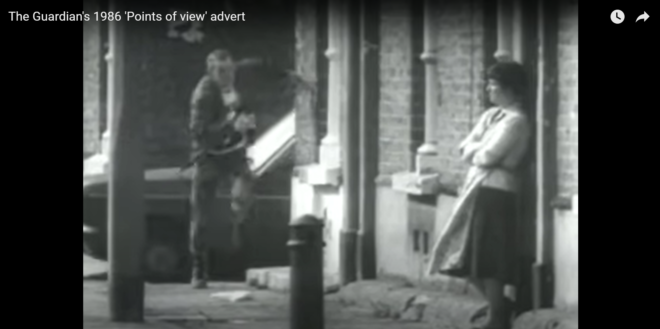
Improving Relationships by Exploring Different Perspectives
The quality of the relationships between people is directly related to how much they trust each other, and trust (as a manifestation of Psychological Safety) is known to underpin happinness and high performance in any team.
Often, relationships have challenges and get stuck there because of different perspectives not being aired, explored and understood – and differences going unresolved.
This is an exercise to help show how people’s different perspectives have an influence on what they think and feel, and how they behave – and how that’s not always conducive to helping a relationship. This then sets the scene for discussions concerning how people can get a better awareness and understanding of other’s perspectives -hopefully helping to improve relationships.
Credit: “Everyone is right, only partially” – ORSC System Rule
The Exercise
Participants: 2 to 6
Duration: At least one hour. Longer if deeper discussions are desired and / or an actual conflict in a realtionship is being referenced.
Materials: Pen and paper for each participant. Ideal, but optional: a large screen on which to play the video clip.
Pre-preparation: Maybe watch the video clip for the first time without reading the descriptive text, to get a good “A-ha” moment from it for yourself… 😉. Definitely practice pausing at the right points described below.
1) For each participant, assign them a character from the video:
-Young man, standing
-Woman, standing
-Man in the hat
The descriptions are intentionally bland & neutral.
Note: Participants must pay close attention when the video is playing to get the most insights from their character. Look at their faces, body language, how they’re moving.
I sometimes assign characters to participants intentionally – those in situations opposite to the characters in the video: “opposite” to provide a different perspective for them.
Encourage people to “really get into character”, hence the use of “you” in the questions below.
2) Listed below are a series of questions: review these and make preparations e.g. headings / sections on a notepad? Later in this section is a link to the video clip to be used; pause the clip at each of the three timestamps (detailed after the questions) and ask these questions at each pause, asking people to write down their answers for discussion when everyone is ready:
“From the perspective of your assigned character…
- What are you thinking?
- What are you feeling?
- What are the other two characters thinking?
- What are the other two characters feeling?
- To the woman and man in the hat: What’s your thoughts on the young man?
Explore any differences in answers between the characters – “Why? What’s different for you?”. And go with any discussions that arise – this is where the gold is, and where the magic comes from.
Show this clip full screen and audio off, as the descriptive text and narration gives things away. Timestamps to pause at:
0:01 second (making sure the scene is fully visible after it has faded in)
0:08 seconds
0:16 seonds – keep the clip paused here, do not play to the end
3) After discussions have concluded at the second pause, now continue to watch the rest of the clip. When it’s finished, ask the questions:
To the woman and man in the hat:
- How do you feel about the young man now?
- If you had all the information, would you have felt the way you did earlier?
To the young man:
- How did you feel when you heard how the others felt earlier on?
Now is a good time to watch the whole clip in one go, and with the audio on. Reflect on how the picture for each character grew during the exercise…
Reflect on how first impressions can anchor a view and that apparent supporting information can reinforce that view.
Also reflect on how, despite information that’s accumulated and built to date, it is important to have an open mind and be prepared to change belief(s) when new information presents itself. Because everyone has different perspectives which need to shared, respected and taken into consideration.
Then ask everyone:
- What have you all learned from this?
- What will you do differently in future?
Additional Discussion Topics
Being judgemental.
Stereotypes.
Reputations.
Prejudices.
Self-awareness and consideration for others.
How quickly had people made up their mind on something?
How much, or how little, information did they need before fixing their view?
How aware are the participants of themselves when they are doing this?
How aware are they of the possible thoughts and feelings of others when they’re doing this?
How surprised were they when more information came to light?
Were there any other feelings? Emabarrassment, even shame? Any others?
